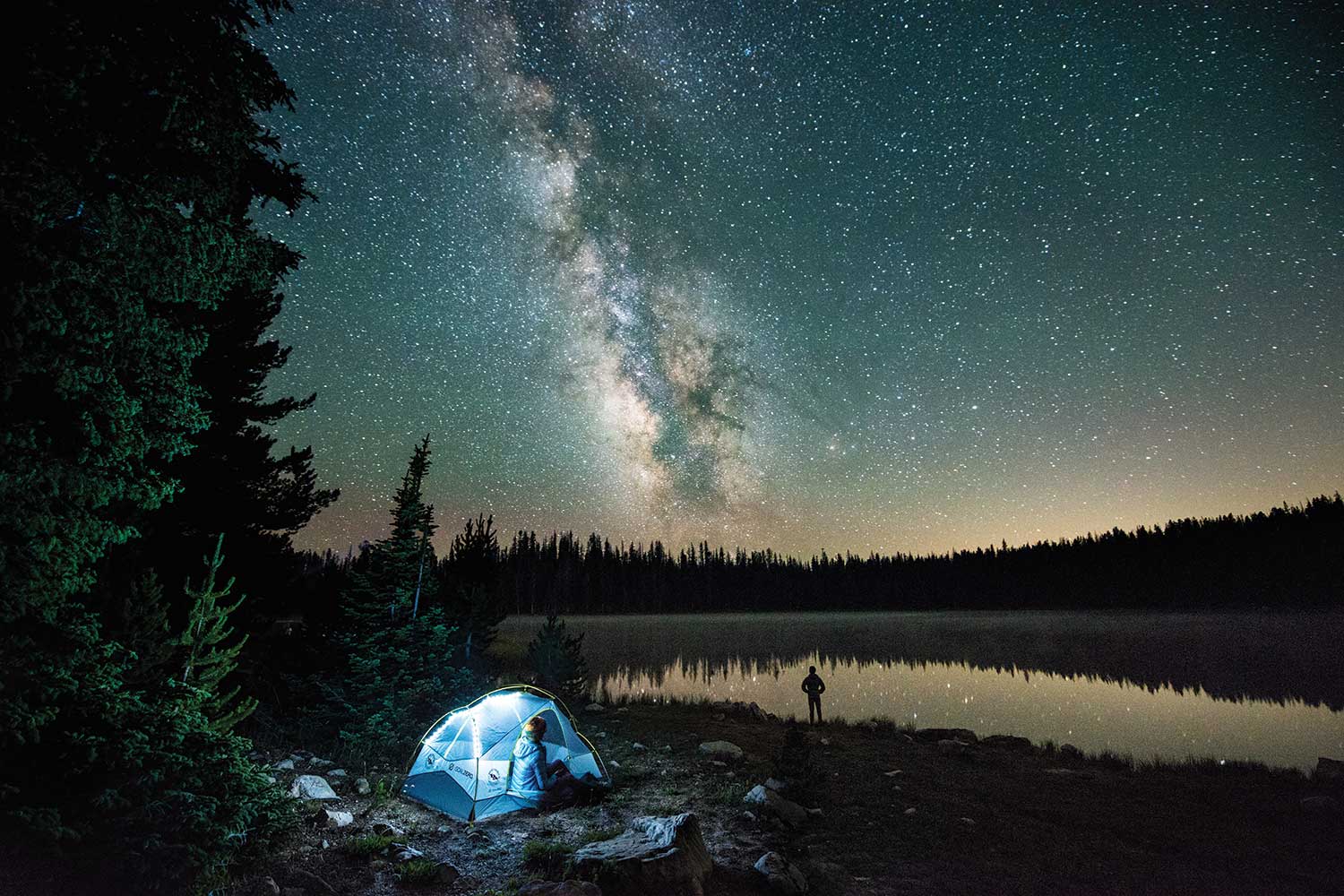How to Stargaze Right

'Travis Burke Photography'
It was hard not to feel giddy. The northern Minnesota sky was clear and blue, and the water slid beneath our canoes with only a gentle swish. In a few hours, I knew, these same lakes would hold reflections of one of the country’s most legendary night skies.
I wanted to look up and see the galaxy spread out before me. Like all wilderness, the Boundary Waters doles out a feeling of smallness, of insignificance, and reminds us that we are part of something bigger and older than ourselves—not the center around which the whole thing turns.
Over the last few decades, however, that feeling has become increasingly rare as light creeps into the darkest corners of the wild. Light from cities and streetlamps adds to the glow that dims the stars. Out of billions, we’re left with only a handful of the brightest.
We paddled to an island on the edge of the Pagami burn, where a massive fire had charred most of the trees. It was eerie and apocalyptic, the silhouettes of tree skeletons abutting the horizon, but it also meant the sky was open from one edge to the other. That night, we let our fire die and trained our eyes up as the sky filled with stars. Satellites circled the Earth, meteors burned silently by—the lonely ballet of the heavens. But it was the Milky Way that cemented the experience. Instead of a pale blur, it looked like a gash in the sky, oozing out star stuff across an impossible distance.
Later, when I woke up in the middle of the night and stepped outside, everything above had shifted, as if a giant hand had reached down and turned the sky, or the land. Standing there, I felt that hot, prickly feeling behind my eyes, reminding me of the true size of the universe—and our place in it.